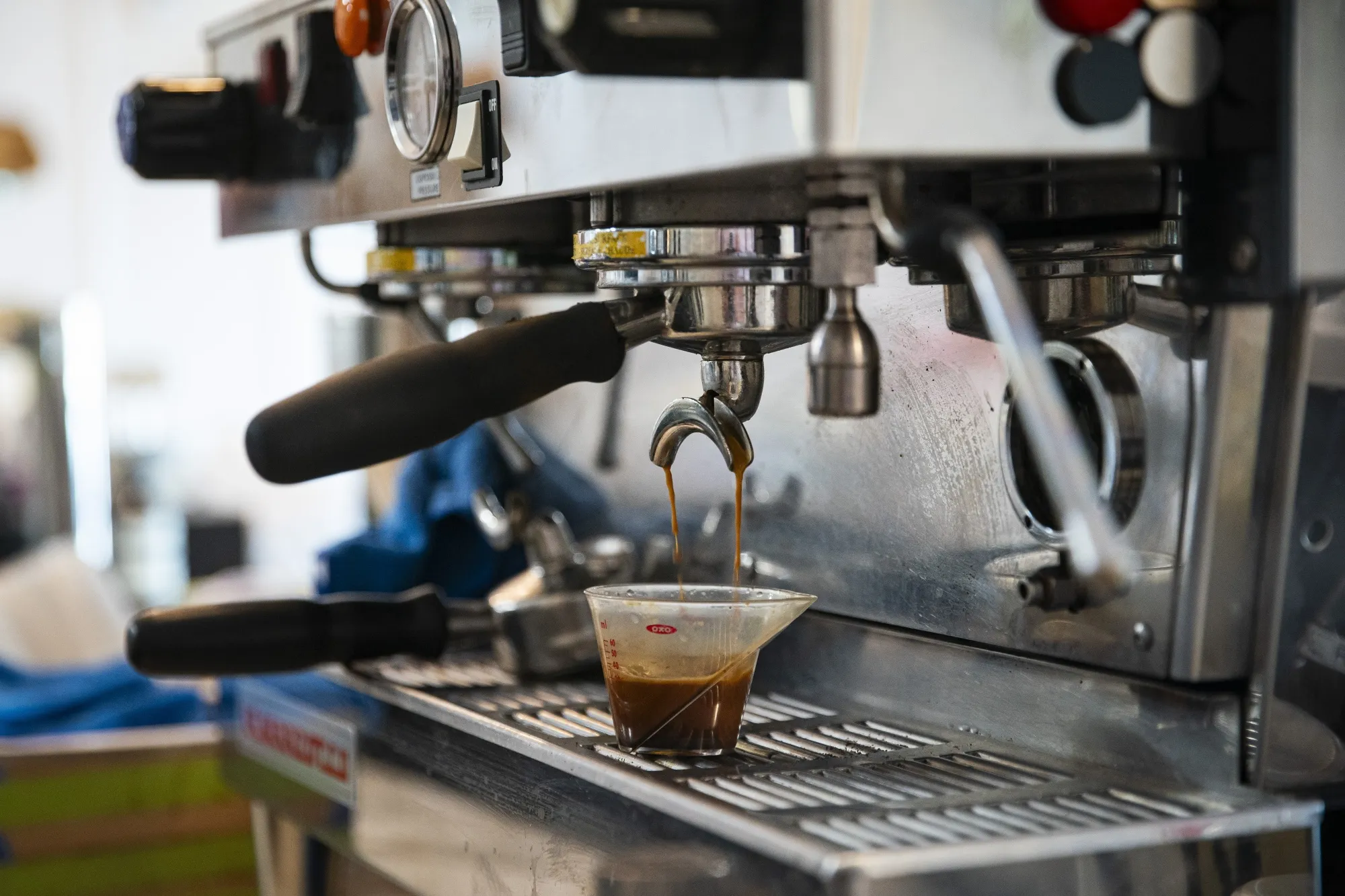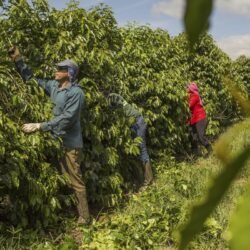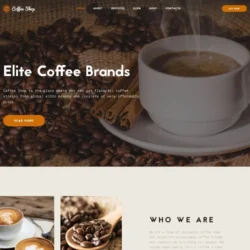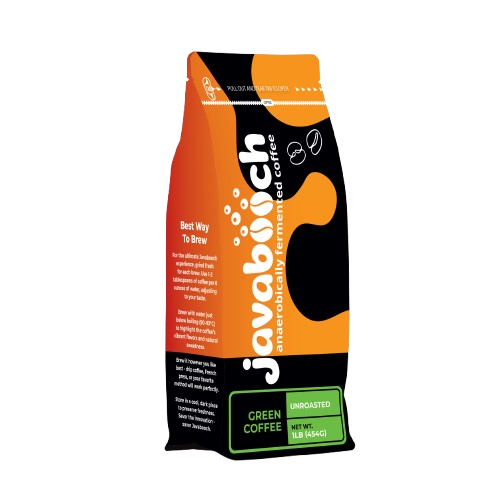ou’ve got your beans. You’ve got your brand. Now comes one of the most make-or-break decisions in your business: pricing.
Set your price too high, and you scare off customers. Too low, and your margins evaporate.
But with the right pricing strategy, you can cover your costs, scale your brand, and build loyalty—all at once.
Here’s a complete guide to pricing your coffee products for profit.
1. Know Your True Costs (Not Just the Bean Price)
Many new coffee entrepreneurs only calculate the cost of the beans. Big mistake.
You need to factor in:
- Green coffee cost (including shipping/duties)
- Roasting & packaging
- Label printing & design
- Labor & fulfillment
- E-commerce platform fees
- Marketing & promotions
- Shipping to customer
- Samples & waste buffer (~10%)
💡 Your true cost per bag might be 2x what you initially think.
2. Choose a Pricing Model That Fits Your Brand
A. Cost-Plus Pricing
Start with total cost per unit and add a markup (e.g., 50%-100%).
Example:
- Total cost per 12 oz bag: $8
- Markup: 100%
- Retail price: $16
Pros:
- Simple and consistent
- Easy to forecast profit
Cons:
- Doesn’t consider perceived value or market positioning
B. Value-Based Pricing
Price based on how much customers are willing to pay based on quality, brand, and uniqueness.
Example:
- Anaerobic fermented coffee from Kenya + beautiful packaging + brand story = $22–$25/bag
Pros:
- Higher margins
- Stronger brand positioning
Cons:
- Requires market validation
- Needs top-tier storytelling and presentation
🧠 Martin recommends value-based pricing for premium brands, with cost-plus as a safety floor.
3. Don’t Underestimate Perceived Value
Packaging and branding affect how people perceive price.
✅ Kraft pouch with a sticker = $12–$15
✅ Matte black with foil details and story card = $18–$22
✅ Custom box with tasting notes and QR code = $25–$35
💡 It’s not just the coffee—it’s the experience you’re selling.
4. Should You Wholesale?
If you want to sell to cafes or shops, build wholesale pricing in advance.
Example:
- Retail: $20
- Wholesale (40–50% off): $10–$12
Your cost must be $6–$8 or lower to make this viable.
Martin’s tip: Offer wholesale starter packs with small MOQs (minimum order quantities) to win first-time partners.
5. Create Tiered Pricing for Flexibility
Offer different products at different price points to appeal to a wider market.
| Product Type | Ideal Price Point |
|---|---|
| 12oz Specialty Bag | $18–$22 |
| Premium Micro-lot | $24–$30 |
| Sample Pack (3x4oz) | $16–$18 |
| Subscription Box | $28–$35/month |
| Limited Edition | $30+ |
📦 Subscriptions build recurring revenue. Include exclusive perks like tasting notes or brewing guides.
6. Don’t Forget Profit Goals
Always aim for 30–50% profit margins on DTC (direct-to-consumer) sales.
This gives you room for promotions, influencer gifts, or ad spend without losing money.
🧮 Example:
- Total cost per bag: $8
- Price: $20
- Profit: $12 → 60% margin
This lets you invest in growth confidently.
7. Test, Adjust, and Listen to Your Customers
Start with a solid pricing plan, but stay flexible:
- Test prices with small groups or loyal customers
- Monitor conversion rates
- Offer bundles and limited-time pricing
- Raise prices slowly over time as your brand value increases
📈 Confidence in your pricing comes from data + feedback.
Final Thoughts
Great pricing isn’t just about covering costs—it’s about sending a message:
🗣 “This is premium.”
🗣 “This was crafted with care.”
🗣 “You’re getting value that goes beyond the cup.”
If you get pricing right, profit becomes a tool for purpose and reinvestment, not just survival.




